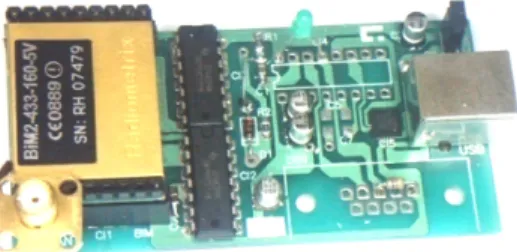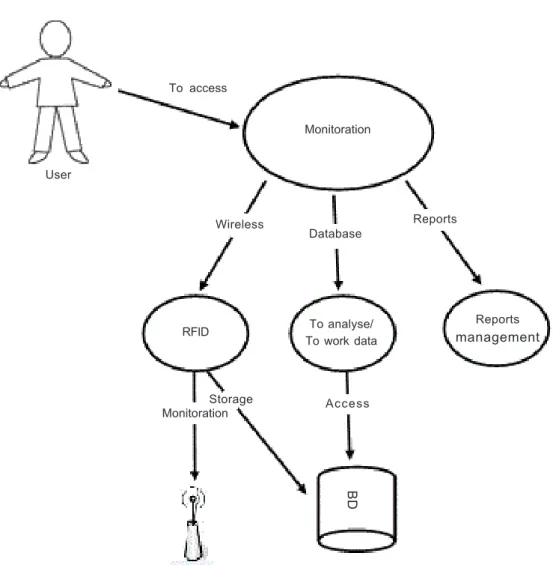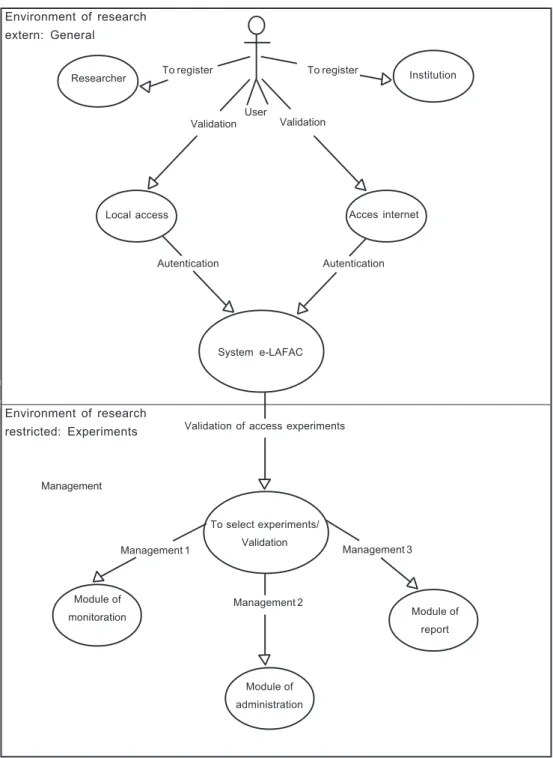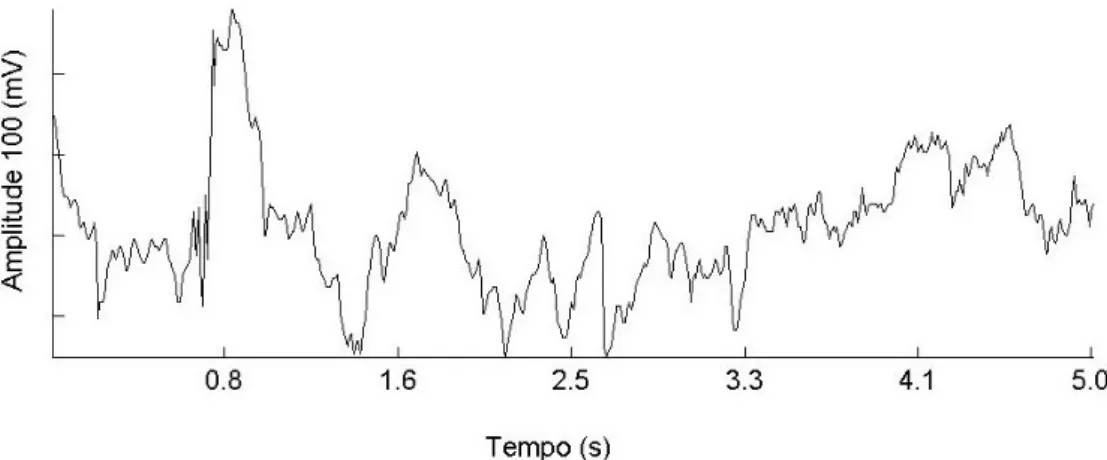A WIRELESS DATA ACQUISITION SYSTEM FOR CATTLE BEHAVIOR MONITORING IN ZOOTECHNICS E-SCIENCE
Full text
Figure




Related documents
KAL Lounge Award program allows SKYPASS members to redeem miles for access to KAL Prestige Class Lounges operated by Korean Air. · The ticket must have been issued with a Korean
Supplemental drugs, supplemental cost-sharing, over-the-counter drugs and non-Part D drugs funded by Part C rebates are excluded from this field. Net amount the plan has paid for
1) To assess the level of maternal knowledge about folic acid among women attending well baby clinic in ministry of health primary health care centers in
У роботі розглядаються теоретичні основи використання інструментів грошово-кредитної політики Національним банком України в процесі досягнення монетарних
Since the knowledge regarding the role of enteroviruses in young neonates with sepsis is lim- ited in our region, therefore, this study was aimed to determine the etiologic agents
Al-Hazemi (2000) suggested that vocabulary is more vulnerable to attrition than grammar in advanced L2 learners who had acquired the language in a natural setting and similar
As per Bangasan (2006), Life-Cycle Cost Examination is a process for evaluating the total economic worth of a usable project segment by analyzing initial costs and discounted
En el gráfico 5 se aprecia como las asociaciones presididas por mujeres cuentan con un 58 % de mujeres en la Junta Directiva frente a un 43.5 % en las empresas presidi- das


